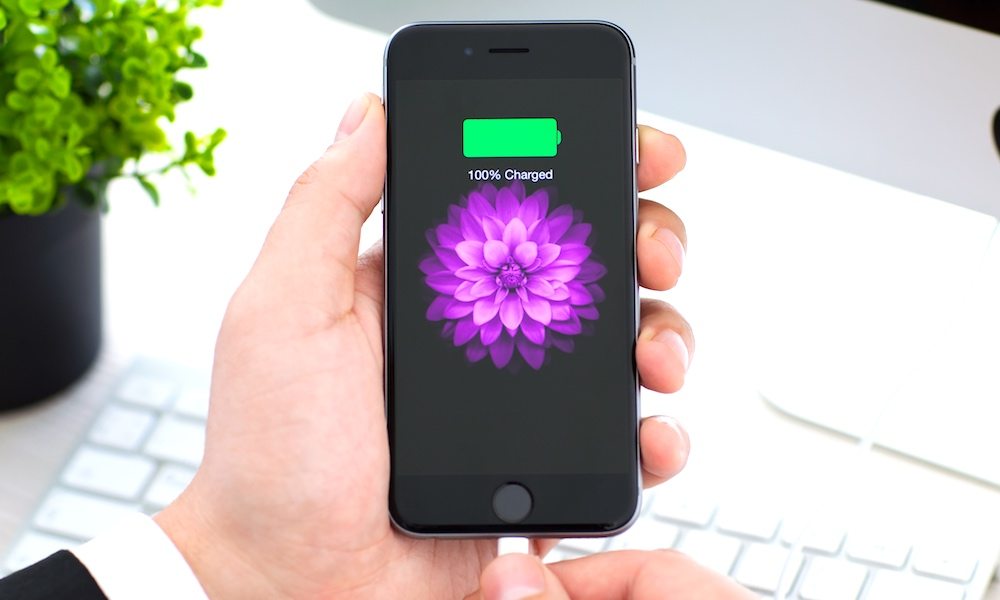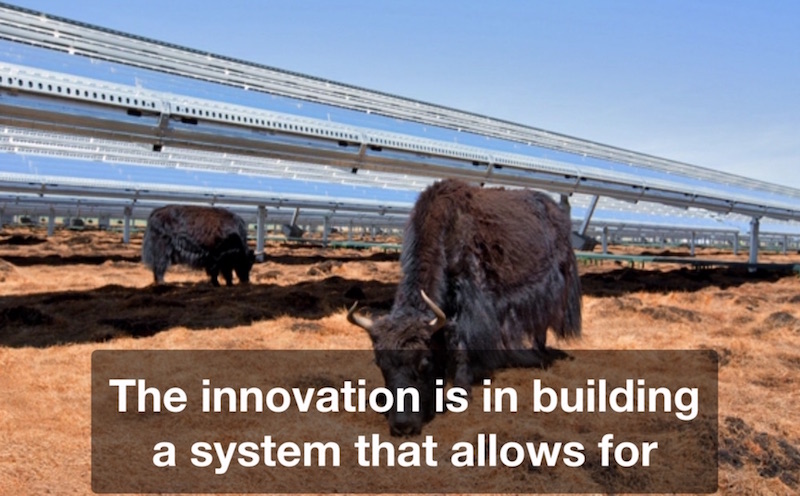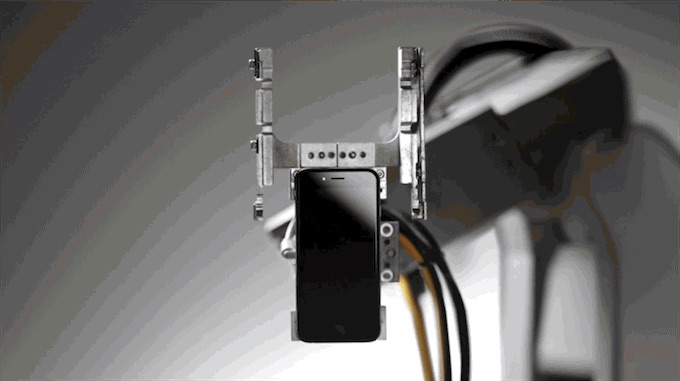How Apple’s Robot LIAM and Other Sustainability Efforts Will Save the Environment

Toggle Dark Mode
At Monday morning’s ‘Let us loop you in” special media event, Apple CEO, Tim Cook, outlined many of the strides his company has taken to reduce its environment footprint both here in America and abroad — and thus, in his own words, “to leave the world in better condition than we found it.”
Cook first noted several of the company’s recent milestones, including its upcoming 40th anniversary on April 1st, 2016, and how there are currently over one billion iOS devices in use worldwide.

The company’s Vice President of Environmental Policy and Social Initiatives, Lisa Jackson, then came to the stage to head a special environmental segment of the March 21st keynote — offering up a comprehensive rundown of the many ways by which the Silicon Valley tech-giant has sought to bolster its international efforts to become 100% reliant on renewable energy sources.
And while Apple has yet to reach that peak, 100% milestone globally, Jackson pointed to the fact that 23 countries around the world have become 100% self-sufficient on renewable sources, thus far. And, as it stands, their ultimate goal of 100% worldwide recently permeated the 93% threshold.
Chiefly among the various sources of renewable energy currently being harnessed are solar, wind, and water-based energy. She specifically showed us how solar panels have been installed atop a staggering 800 buildings in Singapore, enabling the Cupertino-company to power 100% of its operations at 35 retail stores and a multitude of offices throughout mainland China.
Additionally, the company found a way to install a whopping 40-megawatt solar farm on a yak reserve in mainland China, without having to disturb the animals or infringe upon their free-range way of life. Now that’s impressive, huh?
Insofar as the company’s initiatives to reduce waste and recycle its aging products is pertinent, Jackson unveiled Apple latest, and most innovative initiative — referred to as “LIAM,” which is poised to take the guess work out of how our old iPhones, iPads and other Apple gadgets are repurposed for the greater good.
LIAM is essentially an intelligent machine — “like no other in the world,” according to Jackson — which will mechanically dissect an old iPhone or iPad and separate its innermost components into different sub-categories. Those individual parts can then, in turn, be re-used by the company to create new products or be used for different applications altogether
For instance, the motherboard powering the breadth of Apple’s mobile devices contains a good amount of silver, tungsten steel, and various other elements that can be recycled and used again to create either the same, or a completely different product. LIAM is a fascinating technological advancement that can intelligently differentiate between various internal components, and works with the entire range of Apple products in order to reduce waste, increase environmental sustainability, and recycle aged products for the greater good.
She also outlined Apple’s new “Renew” initiative — a worldwide effort to recycle these aforementioned aged devices, and how that can be done relatively simply when a user either brings their old, unused device into an Apple retail store, or requests a shipping label on the company’s website.
”With Apple Renew, you can recycle your devices in a way that’s safe for your data and the planet. Bring your iDevices to stores, or request mailing labels from apple.com/recycling.”
Apple is clearly broadening its stance, and making strides to reduce its environmental impact. And it was definitely nice to see a glimpse of what the company has been up to on that front.
Learn More: Apple is “Branching Out”
What are your thoughts about Apple’s plans for the environment?








